Festivals in Peru, a country with a rich cultural heritage that spans thousands of years, is home to a diverse array of festivals and holidays that reflect its indigenous roots, Spanish colonial history, and contemporary identity. These celebrations are vibrant expressions of Peru’s cultural diversity, blending ancient traditions with religious observances and modern influences. In this exploration, we will delve into some of the most relevant festivals and holidays in Peru, examining their historical origins, cultural significance, and the ways in which they contribute to the nation’s cultural tapestry.
1. Inti Raymi – June 24th
Inti Raymi, or the Festival of the Sun, is one of Peru’s most iconic celebrations, harking back to the Inca civilization. Held annually on June 24th, it coincides with the winter solstice in the Southern Hemisphere. Cusco, the ancient capital of the Inca Empire, serves as the primary location for this grand spectacle.
Inti Raymi is a homage to the Sun God, Inti, and involves elaborate ceremonies and rituals. Participants, dressed in traditional Inca attire, reenact ancient ceremonies that include processions, music, and dance. The festival symbolizes the renewal of life, agricultural fertility, and the connection between the people and the cosmos.
2. Fiestas Patrias – July 28th and 29th
Fiestas Patrias, or National Holidays, are celebrated on July 28th and 29th, commemorating Peru’s independence from Spanish rule. July 28th marks the proclamation of independence by José de San Martín in 1821, and July 29th is the day when the Peruvian Congress officially declared independence.
Throughout the country, Peruvians celebrate Fiestas Patrias with patriotic fervor. The festivities include flag-raising ceremonies, parades, traditional dances, and a variety of cultural events. The occasion emphasizes national unity and pride, as Peruvians come together to honor their history and heritage.
3. Virgen de la Candelaria – February
The Virgen de la Candelaria festival, celebrated in the city of Puno during February, is one of the largest and most colorful religious celebrations in Peru. It blends Catholic traditions with indigenous customs, creating a unique and vibrant spectacle.
The festival is dedicated to the Virgin of Candelaria, the patron saint of Puno. Elaborate processions feature traditional dances, intricate costumes, and music played on traditional instruments. The celebration showcases the syncretism of indigenous beliefs with Catholicism, reflecting Peru’s multicultural identity.
4. Qoyllur Rit’i – May/June
Qoyllur Rit’i, also known as the Snow Star Festival, takes place in the Sinakara Valley near Cusco and is a unique blend of Inca and Catholic traditions. Celebrated in May or June, the festival is centered around the pilgrimage to the Sinakara Glacier, where participants engage in rituals that honor both Christian and Andean deities.
The pilgrimage to Qoyllur Rit’i is a spiritual and cultural experience, attracting thousands of pilgrims. The festival is a testament to the resilience of indigenous traditions, as it survived and adapted even after attempts to suppress it during the colonial era.
5. Semana Santa – Holy Week (March/April)
Semana Santa, or Holy Week, is a significant religious observance in Peru, marked by solemn processions, religious services, and rituals. The week leading up to Easter Sunday is a time for reflection and devotion, with various cities and towns hosting elaborate events.
Cusco, Ayacucho, and Arequipa are known for their particularly elaborate Semana Santa celebrations. The processions feature religious statues, symbols of the Passion of Christ, and traditional music. Semana Santa underscores the deep influence of Catholicism in Peruvian culture and the enduring significance of religious traditions.
6. Corpus Christi – June
Corpus Christi is a Catholic festival celebrated throughout Peru, but it holds particular significance in Cusco. The festival takes place two months after Easter Sunday and involves processions, traditional dances, and religious ceremonies.
One of the highlights of Corpus Christi in Cusco is the procession of the Corpus Christi, during which the city’s main plaza is adorned with beautiful carpets made of flowers and colored sawdust. The carpets create intricate and vibrant designs, and the procession passes over them, symbolizing a path for the body of Christ.
7. Señor de los Milagros – October
The Señor de los Milagros, or Lord of Miracles, is one of the most revered religious figures in Peru. The festival, celebrated in October, is a month-long series of processions and events dedicated to the veneration of a mural depicting the Señor de los Milagros in Lima’s Sanctuary of Las Nazarenas.
Devotees from across Peru participate in the processions, often wearing purple habits to show their devotion. The Señor de los Milagros is considered a powerful and miraculous figure, and the festival is a testament to the strong religious beliefs that permeate Peruvian culture.
8. Festival Internacional de la Vendimia – March
The Festival Internacional de la Vendimia in Ica celebrates the grape harvest and the thriving winemaking industry in the region. Held in March, the festival includes parades, traditional dances, and, of course, the opportunity to sample a variety of wines produced in the area.
Ica’s desert landscape is transformed into a colorful spectacle during the festival, with participants donning traditional attire and showcasing the cultural richness of the region. The celebration reflects Peru’s growing reputation as a producer of high-quality wines.
9. Festival de la Candelaria de Paucartambo – February
The Festival de la Candelaria de Paucartambo is a folkloric celebration that takes place in the town of Paucartambo near Cusco. Celebrated in February, the festival combines indigenous rituals with Spanish colonial influences and is dedicated to the Virgin of Candelaria.
The festival is renowned for its vibrant and elaborate dance performances, with participants wearing intricate costumes and masks. The dances tell stories that blend pre-Columbian traditions with Christian narratives, providing a unique cultural experience.
10. Día de la Pachamama – August 1st
Día de la Pachamama, or Mother Earth Day, is an Andean tradition celebrated on August 1st. While not a national holiday, it holds deep cultural significance in the Andean region, emphasizing the connection between people and the natural world.
During Día de la Pachamama, rituals are performed to honor and express gratitude to Pachamama, the Andean goddess of fertility and nature. Offerings of coca leaves, food, and other symbolic items are made to the Earth, reinforcing the importance of environmental stewardship and harmony with nature.
Conclusion
The festivals and holidays of Peru provide a captivating glimpse into the country’s cultural diversity, historical depth, and spiritual richness. From the ancient rituals of Inti Raymi to the vibrant processions of Virgen de la Candelaria, each celebration reflects a unique facet of Peru’s identity—a harmonious blend of indigenous traditions, colonial influences, and contemporary expressions.
These festivals are not only occasions for joy and revelry but also opportunities for communities to express their shared history, values, and aspirations. The syncretism evident in celebrations like Qoyllur Rit’i and Día de la Pachamama reflects Peru’s ability to seamlessly integrate diverse cultural influences, creating a cultural tapestry that resonates with the spirit of the nation.
Moreover, these celebrations serve as occasions for spiritual connection and reverence. Whether honoring the Sun God in Inti Raymi or expressing devotion during Semana Santa, Peruvians come together to celebrate their cultural heritage, spirituality, and the interconnectedness of their communities.
In essence, the festivals and holidays of Peru are a reflection of the country’s dynamic and ever-evolving cultural landscape. They embody a spirit of resilience, unity, and joy, contributing to the rich tapestry that is Peruvian culture. As these celebrations continue to evolve, they carry forward the stories, traditions, and shared experiences that define Peru’s cultural identity.


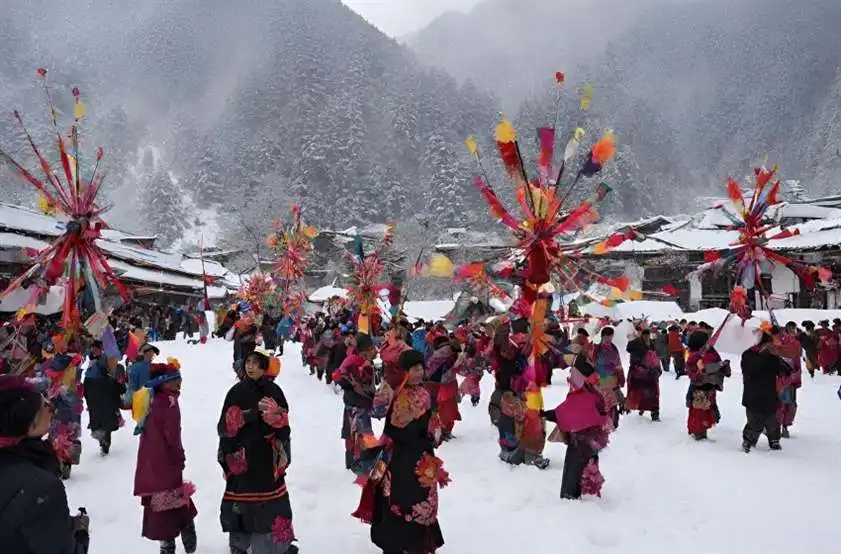
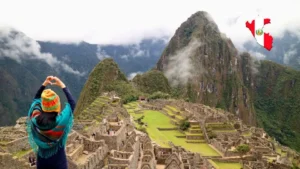
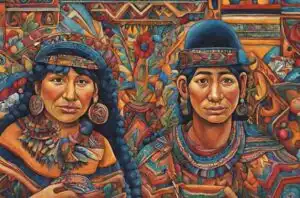
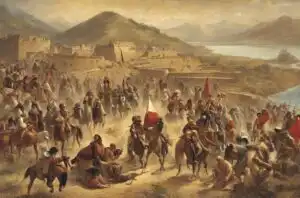
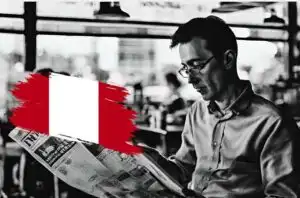
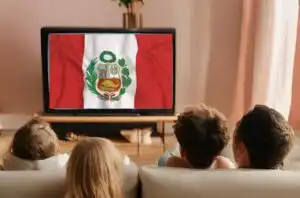
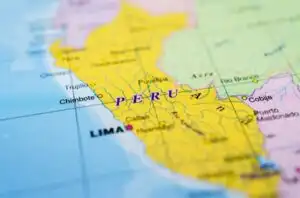
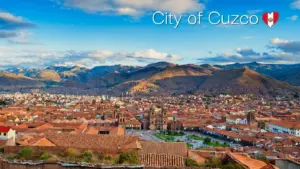
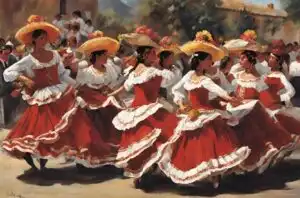
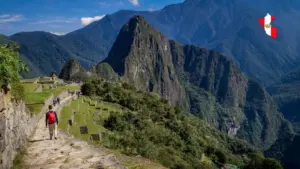
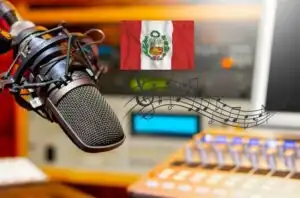
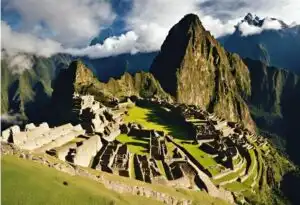
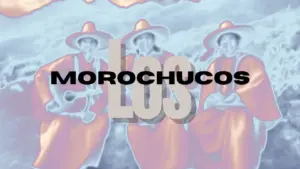
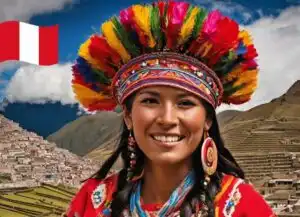
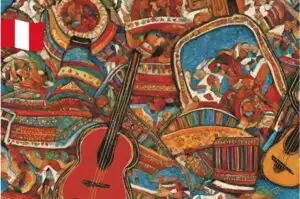
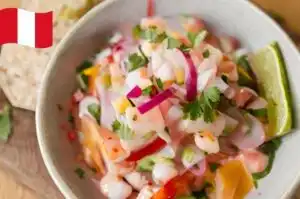
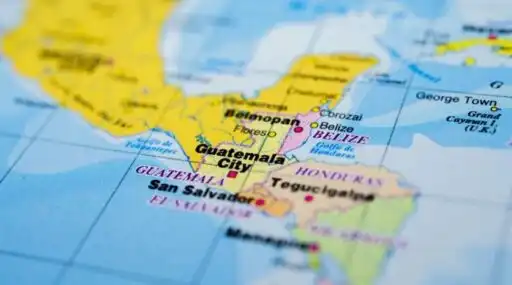
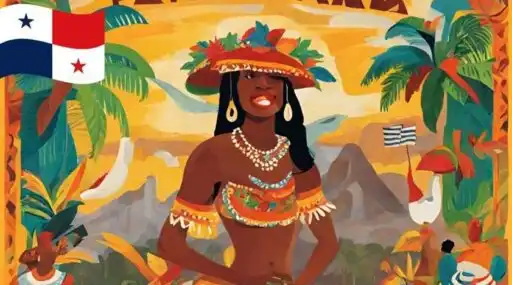
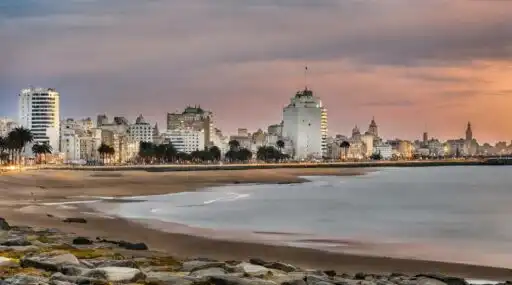
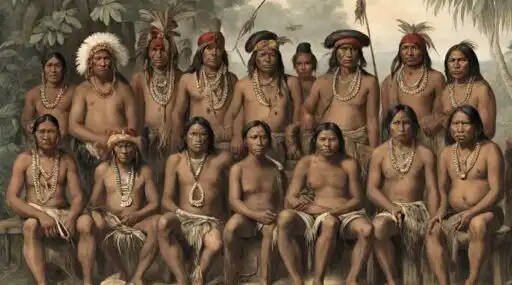
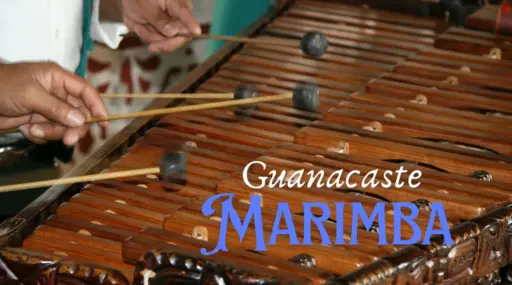
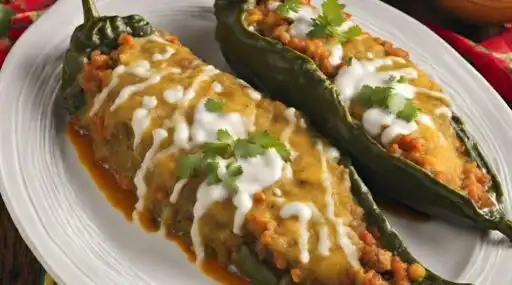
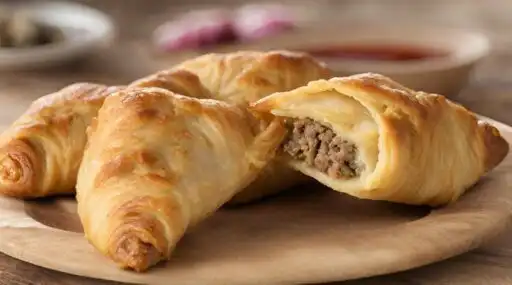
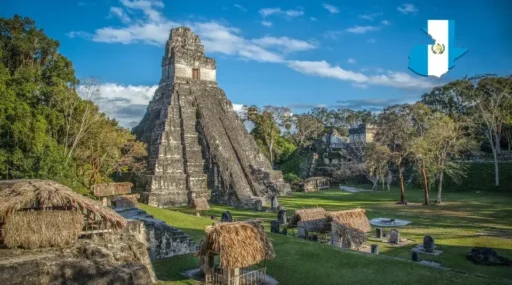
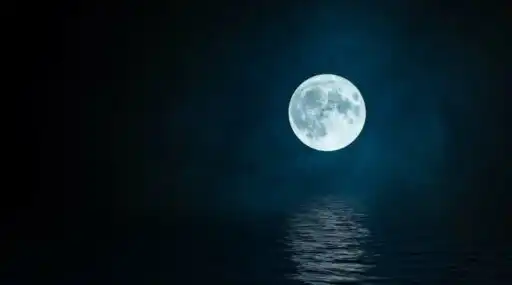
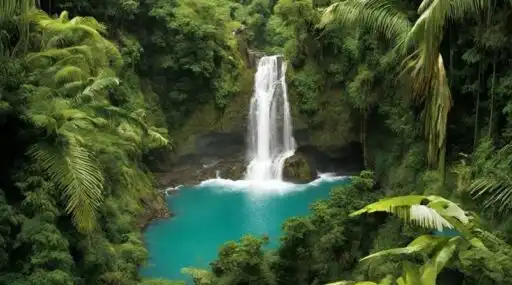
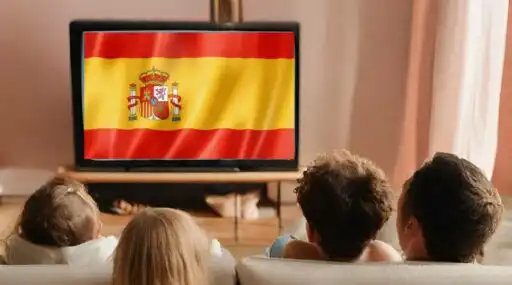
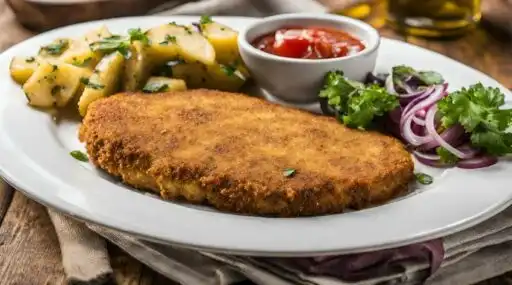
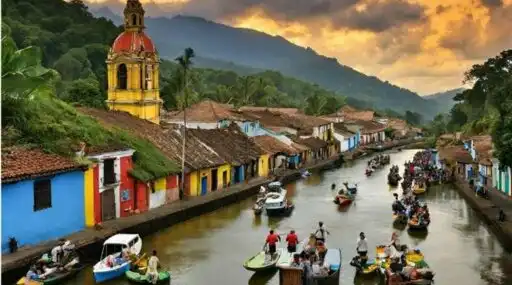
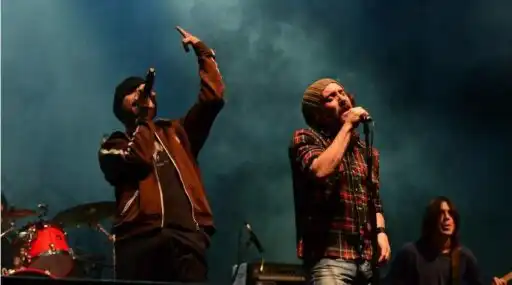
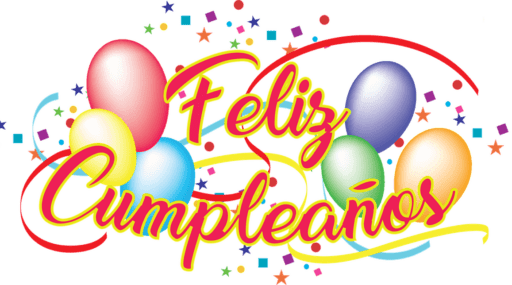
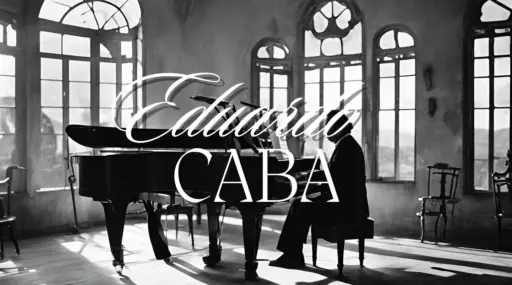
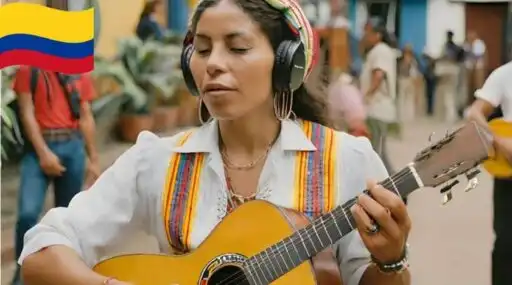
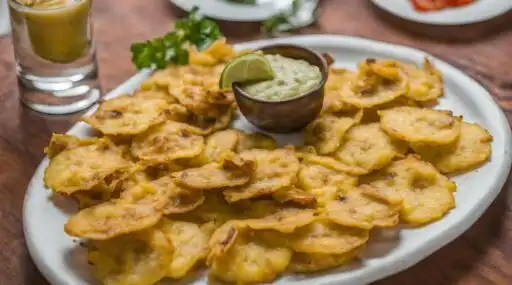
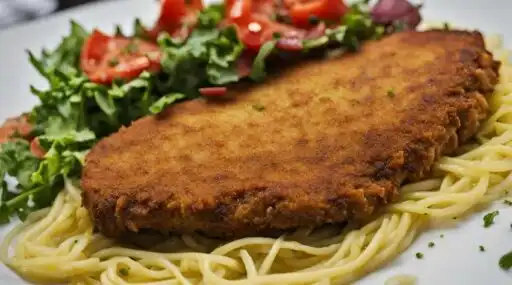
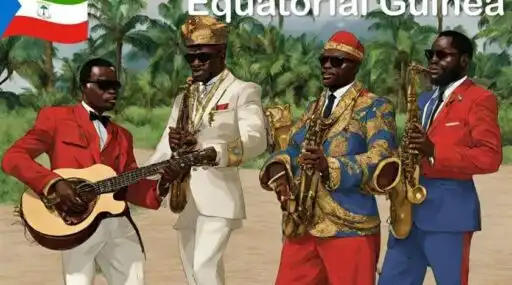
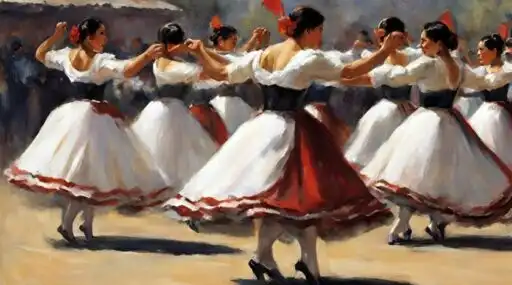
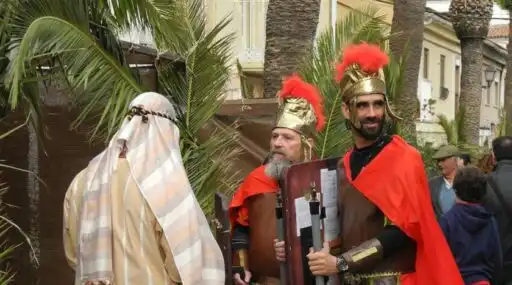
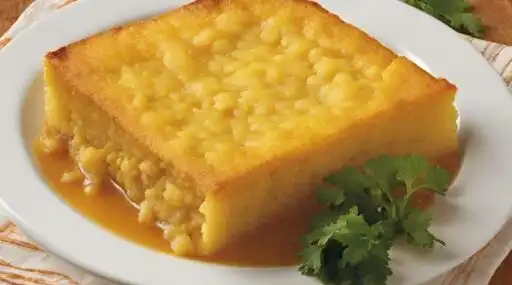
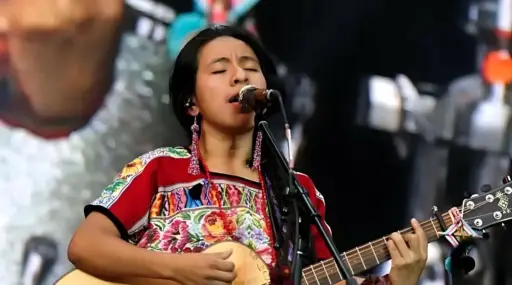
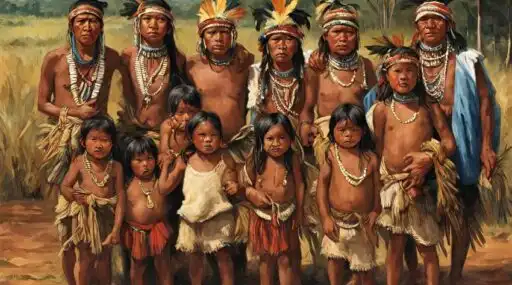
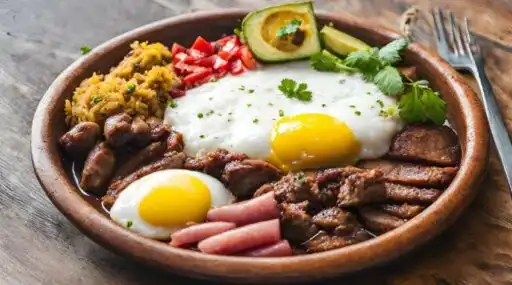
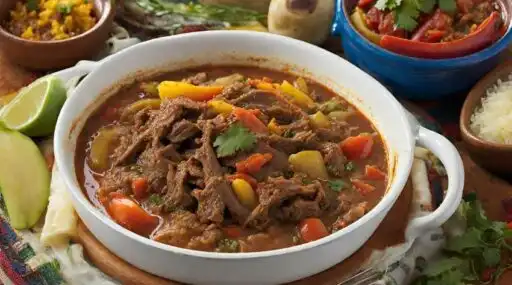
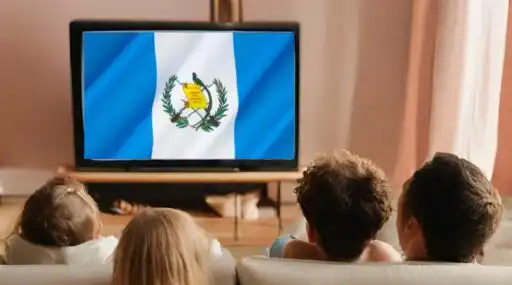
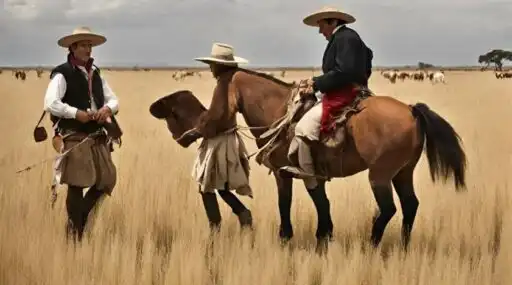
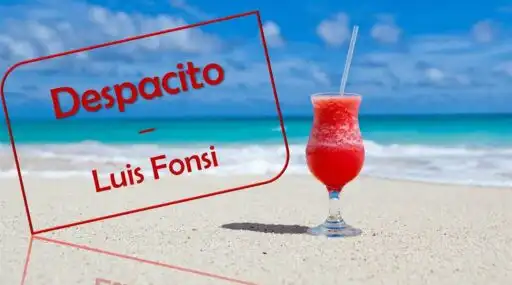
Leave a Reply